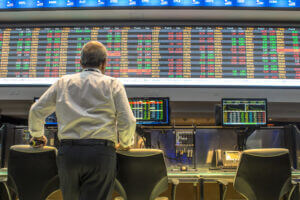As we know, there are new travel bans and lockdowns in Europe and the United States to combat the COVID pandemic. Even though a vaccine rollout has started, oil futures still saw a decline.
France’s border with Britain remained closed to trade and travel. Other European countries are banning travel from the United Kingdom amid reports of a new COVID-19 strain.
Approximately 40 countries in Europe, Asia, South America, and the Middle East have restricted travel from Britain. Additionally, countries, including Australia, have also announced news of a fast-spreading modification of the virus.
According to Louise Dickson, Rystad Energy analyst, the travel restrictions that the new strain has triggered affect some oil demand. However, the news of a final US stimulus agreement is also too significant to brush off.
One of the world’s biggest producers of crude, Russia, favors a 500,000 BPD rise in production by the Organization of the Petroleum Exporting Countries and its allies, in a group known as OPEC+.
According to the report, Russia advocates raising the output for OPEC+ by 500,000 barrels a day in February.
WTI and Brent crude for February delivery fell 2% and 1.6%, respectively
Against that backdrop, West Texas Intermediate crude for February delivery declined by 2%, which equals 95 cents, and touched $47.02 a barrel.
February Brent crude fell by 1.6% or 83 cents. It settled at $50.08 a barrel on ICE Futures Europe, following a 0.8% drop in the previous session.
Additionally, contracts for Brent and WTI are threatening to notch their first weekly slump. After seven weekly increases in a row, since October 30 in the Christmas-shortened week.
January gasoline fell by 1.5%, which equals 2.09 cents, or 1.5%, to settle at $1.3395 a gallon. In the previous session, it shed by after a 2.5% slide on Monday. January heating oil slid 1.58 cents, or 1.1%, to end at $1.4616 a gallon, after a 2.4% fall in the previous session.
For January delivery, natural gas touched $2.7800 per million British thermal units, up 2.8%, or 7.5 cents, on Friday, following a 0.2% increase in the previous session.











